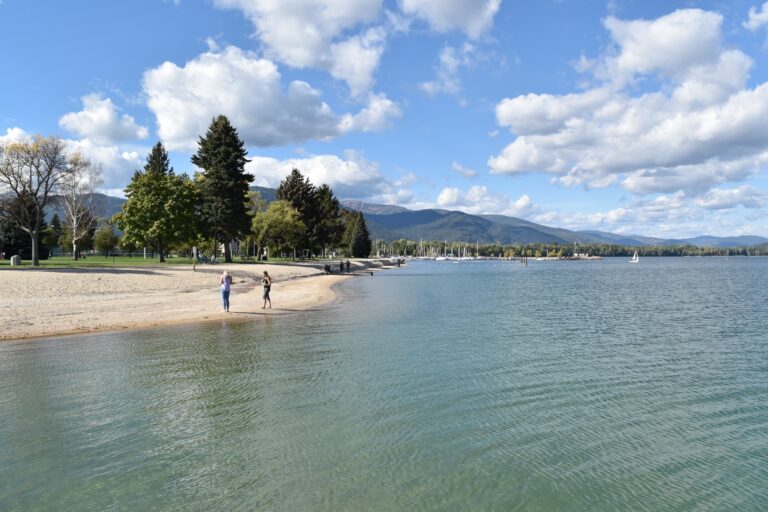The movement of wildlife is crucial to their survival. Salmon travel from the ocean to the river to spawn, field mice scurry along hedgerows to avoid predation, and caribou traverse thousands of miles to search for wintering grounds. Wildlife corridors are the routes, relatively unhindered by human activity, that wild animals travel to meet many of their primary needs: food, shelter, and reproduction. Nature has a way of spreading animals across the landscape for good reasons, including reducing the spread of disease.
Traditional travel corridors for many wildlife species have been blocked or are under threat. Agriculture and urbanization account for over 43 percent of the earth’s land, and the remaining habitat is intersected by roadways and resource extraction. In some cases this has led to fragmentation or decline in populations.
Wildlife use corridors to move from areas of low resources to areas of high resources. Elk, pronghorn, caribou, and other large mammals travel hundreds of miles from lower elevation winter grounds to higher summer ranges. These summer grounds are abundant in food with enough resources to rear offspring and store calories for the winter. The almost 200,000 member porcupine caribou herd is one of the only barren-ground herd that is thriving. These animals travel 1,500 miles, the longest mammal migration on Earth, from their calving grounds on the coastal plains of Alaska’s Beaufort Sea Arctic (parts of which are in the Arctic National Wildlife Refuge) to their winter shelter of the boreal forest of northwest Canada.
Movement through these corridors allow for genetic diversity. Animals can find mates outside their family group, reducing issues that stem from low genetic diversity—including more susceptibility to diseases and populations being unable to cope with changes to their environments. One of the struggles to grizzly bear recovery is the movement of animals between different recovery zones where they can find mates and broaden their gene pool.
There are several nearby projects that are helping to enhance wildlife movement. Just east of Snoqulamie Pass is an overpass designed to move animals, not cars. This area of I-90 sits in the middle of the North Cascades and creates a blockage for many animal species, not to mention collisions with wildlife. The overpass is planted with native vegetation and fences paired with an underpass crossing lets animals move north and south along the mountains.
In the greater Spokane area, the work of Spokane’s Inland Northwest Land Conservancy helps to maintain habitat and connect corridors. The Rimrock to Riverside project is working to connect land between Palisades Park to Riverside State Park, allowing animals like moose, mule deer and coyotes to travel from the river to upland habitats. Hikers, runners, and mountain bikers will also take advantage of such corridors.
Maintaining and creating wildlife corridors is a way we humans can support healthy wildlife populations, but they also give us green zones and trail connections to recreate and enjoy nature.
Adam Gebauer enjoys running and biking along his local wildlife corridors and his dog enjoys that deer use them too. He last wrote American white pelicans.













